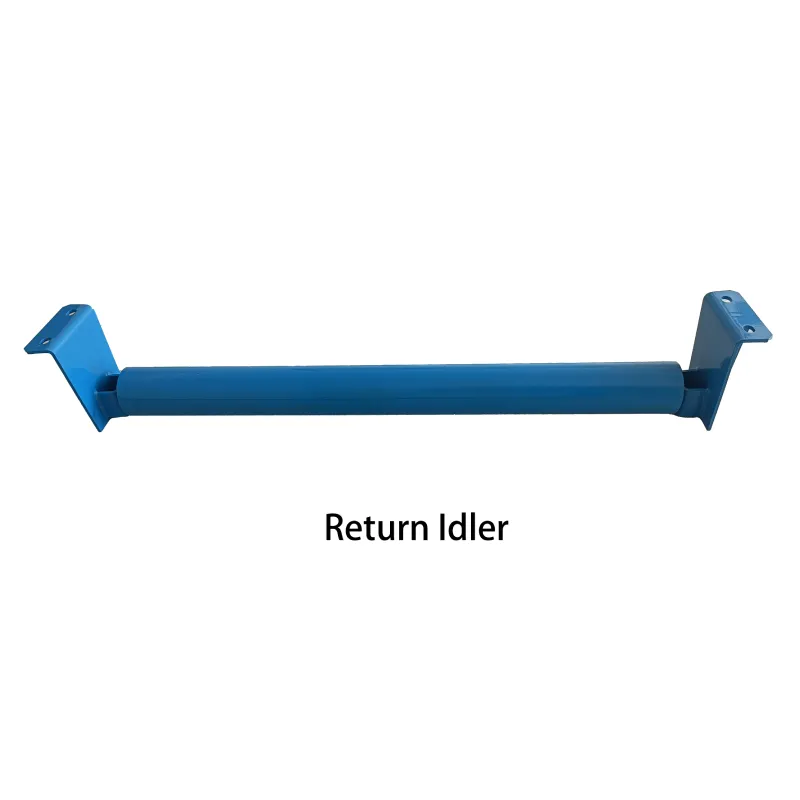 Afrikaans
Afrikaans  Albanian
Albanian  Amharic
Amharic  Arabic
Arabic  Armenian
Armenian  Azerbaijani
Azerbaijani  Basque
Basque  Belarusian
Belarusian  Bengali
Bengali  Bosnian
Bosnian  Bulgarian
Bulgarian  Catalan
Catalan  Cebuano
Cebuano  Corsican
Corsican  Croatian
Croatian  Czech
Czech  Danish
Danish  Dutch
Dutch  English
English  Esperanto
Esperanto  Estonian
Estonian  Finnish
Finnish  French
French  Frisian
Frisian  Galician
Galician  Georgian
Georgian  German
German  Greek
Greek  Gujarati
Gujarati  Haitian Creole
Haitian Creole  hausa
hausa  hawaiian
hawaiian  Hebrew
Hebrew  Hindi
Hindi  Miao
Miao  Hungarian
Hungarian  Icelandic
Icelandic  igbo
igbo  Indonesian
Indonesian  irish
irish  Italian
Italian  Japanese
Japanese  Javanese
Javanese  Kannada
Kannada  kazakh
kazakh  Khmer
Khmer  Rwandese
Rwandese  Korean
Korean  Kurdish
Kurdish  Kyrgyz
Kyrgyz  Lao
Lao  Latin
Latin  Latvian
Latvian  Lithuanian
Lithuanian  Luxembourgish
Luxembourgish  Macedonian
Macedonian  Malgashi
Malgashi  Malay
Malay  Malayalam
Malayalam  Maltese
Maltese  Maori
Maori  Marathi
Marathi  Mongolian
Mongolian  Myanmar
Myanmar  Nepali
Nepali  Norwegian
Norwegian  Norwegian
Norwegian  Occitan
Occitan  Pashto
Pashto  Persian
Persian  Polish
Polish  Portuguese
Portuguese  Punjabi
Punjabi  Romanian
Romanian  Russian
Russian  Samoan
Samoan  Scottish Gaelic
Scottish Gaelic  Serbian
Serbian  Sesotho
Sesotho  Shona
Shona  Sindhi
Sindhi  Sinhala
Sinhala  Slovak
Slovak  Slovenian
Slovenian  Somali
Somali  Spanish
Spanish  Sundanese
Sundanese  Swahili
Swahili  Swedish
Swedish  Tagalog
Tagalog  Tajik
Tajik  Tamil
Tamil  Tatar
Tatar  Telugu
Telugu  Thai
Thai  Turkish
Turkish  Turkmen
Turkmen  Ukrainian
Ukrainian  Urdu
Urdu  Uighur
Uighur  Uzbek
Uzbek  Vietnamese
Vietnamese  Welsh
Welsh  Bantu
Bantu  Yiddish
Yiddish  Yoruba
Yoruba  Zulu
Zulu conveyor roller stands
Understanding Conveyor Roller Stands Their Role and Importance in Material Handling
In today's fast-paced industrial environment, efficient material handling systems are essential for optimizing productivity and ensuring safety. One of the critical components of these systems is the conveyor roller stand. These stands facilitate the smooth movement of goods along conveyor systems, playing a pivotal role in the logistics of various industries including manufacturing, warehousing, and distribution.
What are Conveyor Roller Stands?
Conveyor roller stands are support structures that hold and stabilize roller conveyors. They serve as the backbone of a conveyor system, ensuring that the rollers are properly aligned and can rotate freely to transport materials. Typically made from steel or aluminum, these stands can withstand significant weight and offer durability and reliability in harsh industrial settings.
Types of Conveyor Roller Stands
There are several types of conveyor roller stands, each designed to meet specific requirements
1. Fixed Stands These are stationary stands that provide a solid foundation for roller conveyors. They are typically used when a conveyor system is installed permanently within a facility.
2. Adjustable Stands These stands can be modified in height or length to accommodate different system configurations. The adjustable feature allows for customization, making it easier to integrate with various conveyor designs.
3. Mobile Stands Equipped with wheels, these stands facilitate mobility, allowing businesses to reposition their conveyor systems as needed. They are particularly useful in dynamic environments where workflows change frequently.
The Importance of Conveyor Roller Stands
conveyor roller stands

Conveyor roller stands are crucial for several reasons
1. Stability and Support By providing robust support for roller conveyors, these stands ensure a stable environment for material handling. This stability minimizes the risk of misalignment, which can lead to product damage or operational delays.
2. Efficiency With properly aligned roller conveyors supported by reliable stands, materials can move seamlessly along the conveyor system. This enhances efficiency, reduces labor costs, and accelerates workflow in production and distribution processes.
3. Safety A well-structured conveyor system contributes significantly to workplace safety. Conveyor roller stands prevent equipment from tipping over or collapsing, which reduces the likelihood of accidents and injuries.
4. Versatility Conveyor roller stands can be used in a variety of settings and can support different types of conveyor configurations. This versatility makes them an indispensable part of many industries, from automotive assembly lines to grocery distribution centers.
Choosing the Right Conveyor Roller Stand
When selecting conveyor roller stands, several factors should be considered
- Load Capacity Assess the weight of the materials being transported and choose stands that can accommodate the load without compromising safety. - Height Adjustment Depending on the layout of the facility, adjustable stands may be necessary to match the height of various equipment and workstations. - Material The choice of material for the stands is important for durability and resistance to environmental factors such as moisture and corrosion. - Mobility Features For dynamic workplaces, consider mobile stands that allow for flexibility in operations.
Conclusion
In summary, conveyor roller stands are vital components of any efficient material handling system. Their ability to support and stabilize roller conveyors directly contributes to the productivity and safety of industrial operations. By understanding the different types of conveyor roller stands and their significance, businesses can make informed decisions that enhance their material handling processes and ultimately drive success. Investing in high-quality conveyor roller stands is not just a matter of convenience; it is a strategic move toward optimizing logistics and maintaining a competitive edge in the market.
-
Revolutionizing Conveyor Reliability with Advanced Rubber Lagging PulleysNewsJul.22,2025
-
Powering Precision and Durability with Expert Manufacturers of Conveyor ComponentsNewsJul.22,2025
-
Optimizing Conveyor Systems with Advanced Conveyor AccessoriesNewsJul.22,2025
-
Maximize Conveyor Efficiency with Quality Conveyor Idler PulleysNewsJul.22,2025
-
Future-Proof Your Conveyor System with High-Performance Polyurethane RollerNewsJul.22,2025
-
Driving Efficiency Forward with Quality Idlers and RollersNewsJul.22,2025





























